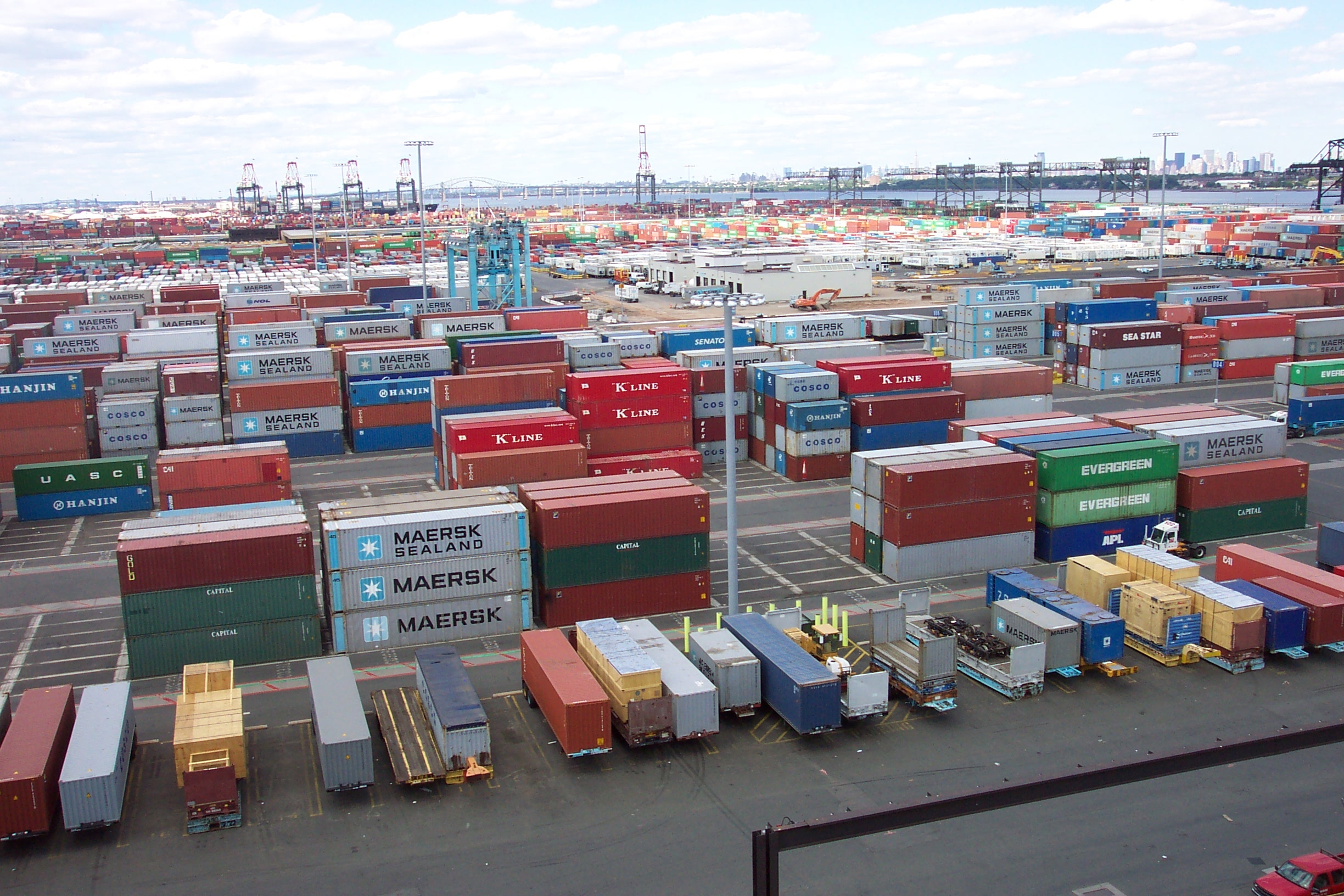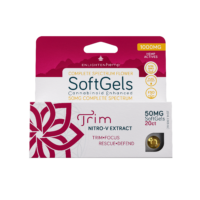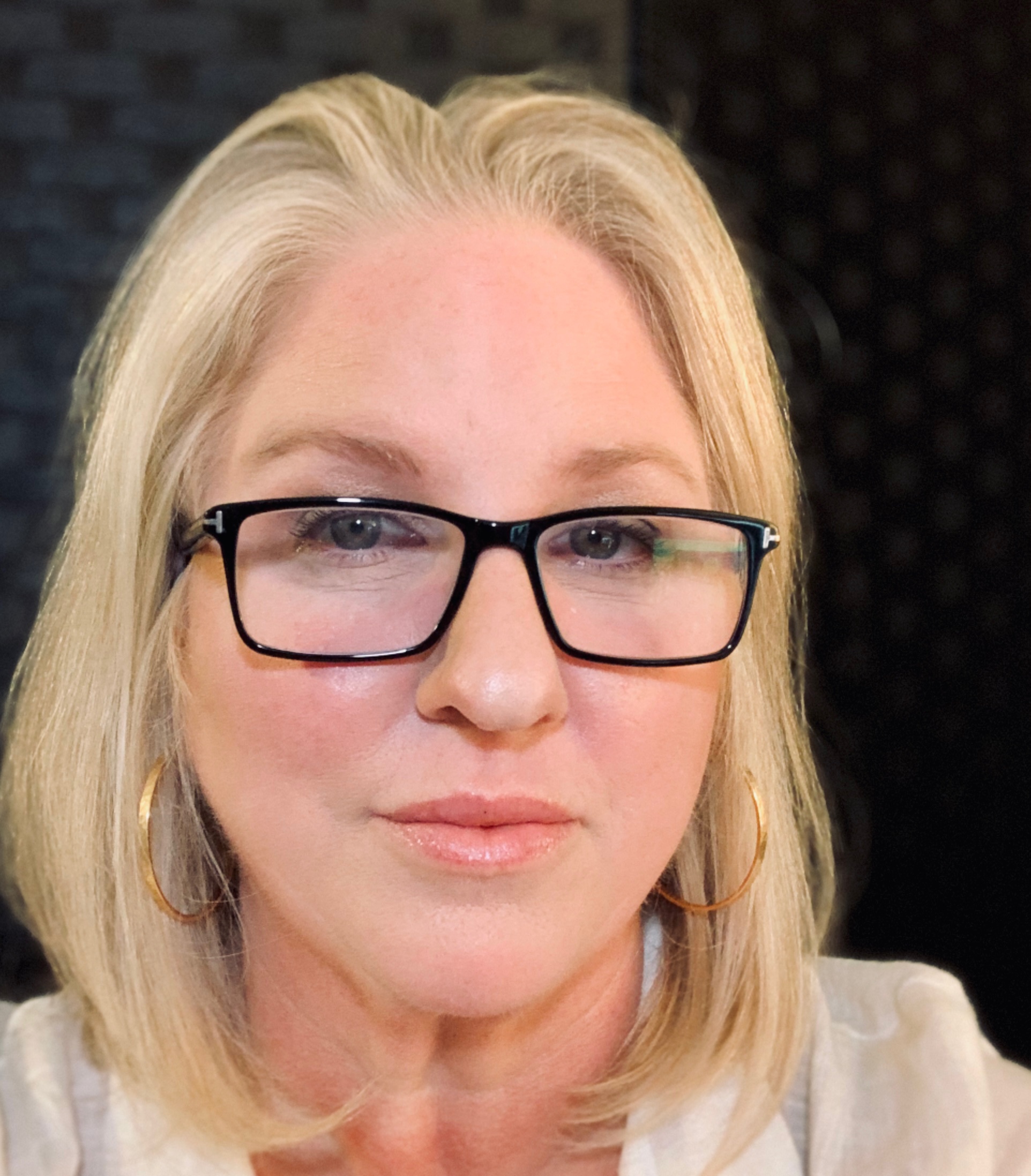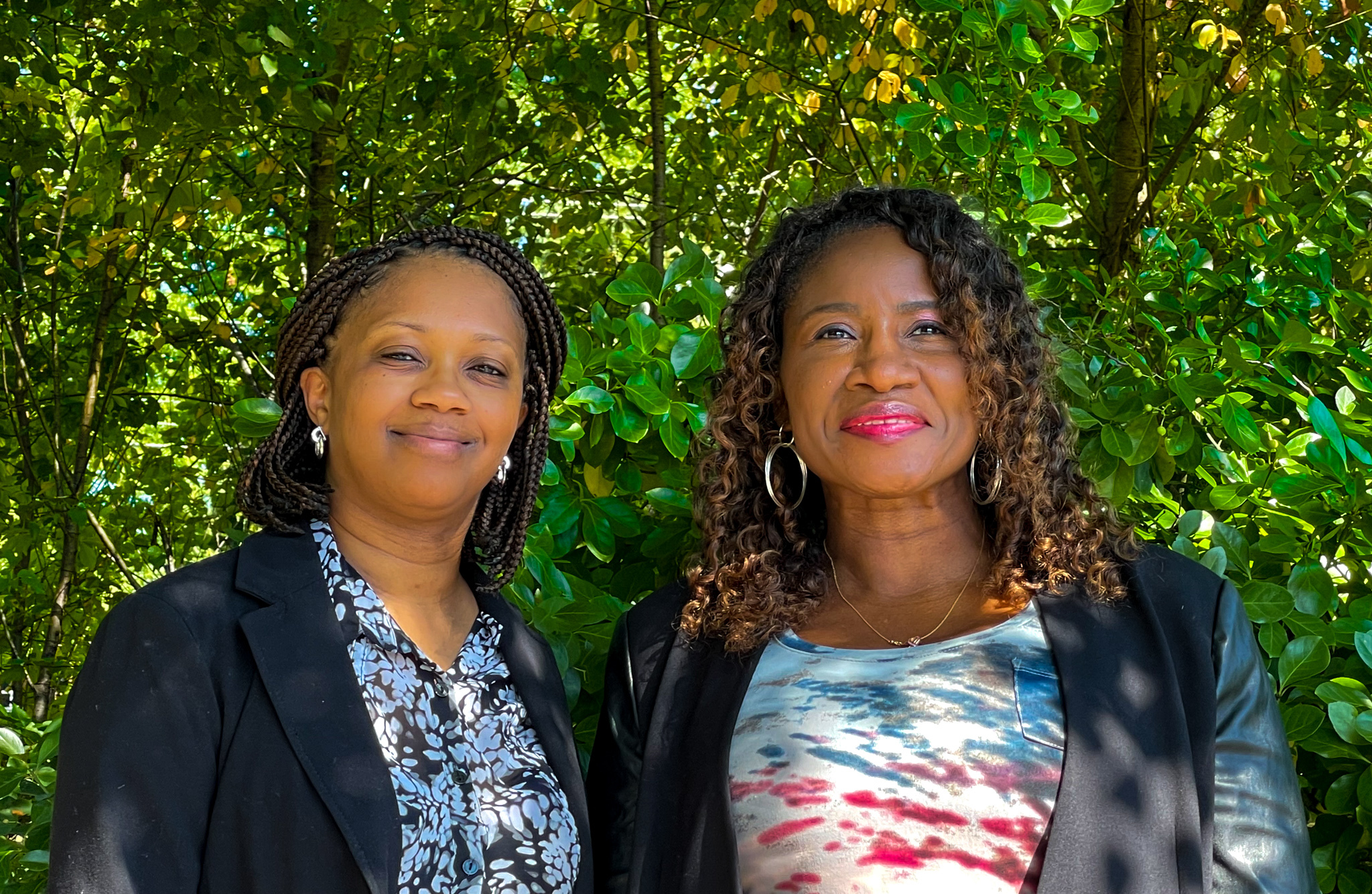Managing compliance for cannabis companies remains a challenge in the United States with a constantly evolving set of regulations that differ at the federal, state, county and city level. Regulators can either fine or force non-compliant companies to cease operations resulting in setbacks for investors and operators.
Simplifya is a software as a service company specializing in cannabis quality and regulatory compliance. The company’s suite of products takes the guesswork out of confusing and continually changing state and local regulations. Featuring SOPs, badge tracking, document storage, tailored reporting and employee accountability features, the company’s custom audit software reduces the time clients spend on compliance by up to 45 percent.
We interviewed Brooke Butler, VP of Partnerships at Simplifya. Prior to joining Simplifya, Brooke worked internationally as a macroeconomic analyst.
Aaron Green: How did you get involved in the cannabis industry?
Brooke Butler: My story is a little crazy. I was working as a macroeconomic investment research analyst for developing countries and wanted to move back to the US after being gone for a long time. Oddly enough, I had gotten malaria a few times when I was living in Nigeria, and I was very sick. They couldn’t figure out anything to help me. Cannabis of all things, which was illegal there, but very easy to find, was the only thing that was able to help me eat and gain enough weight to be a functioning, healthy human again.

So, I wanted to move back to the US. I have this very unique and strange skill set for figuring out regulatory and policy regimes, and translating that into advice for business owners and investors. Serendipitously, the last place I worked at was Sri Lanka and the CEO of Simplifya is from Sri Lanka. We met just based on me wanting to be friends with somebody in Denver who was from Sri Lanka. It happened that he had just started a compliance company in partnership with the present-day Vicente Sederberg law firm out of Colorado. And the rest is history. Five years later, I’m still with the company. We’ve grown from one state to now helping licensed operators of any kind in 23 states, it’s been a lot of fun.
Green: So, you joined back in 2016?
Butler: I actually joined in the middle of 2017.
Green: Can you speak to Simplifya’s product and process?
Butler: Absolutely. Simplifya was started because we noticed that when Colorado went adult use you had all these new licensees coming into the space that wanted to run a good business. They didn’t want to get shut down. They wanted to have great operations, but they didn’t know how to read through 800 pages of legal narrative and extract from that what they can and can’t do. Vicente Sederberg was going out and doing on-site compliance checks for these guys and telling them, “Hey, you need to fix these 10 or 15 things.” They’d come back in six months, and the operators were like, “Well, yeah, we still didn’t fix it, because we didn’t know how to fix it and they changed the rules again.” So, it was this constantly evolving thing.
We wanted to find an easy-to-understand set of regulatory checklists that any operator could use to gauge if they had any problem areas in their business. When they did have an inspector come by, we wanted to make it so that operators weren’t sweating bullets or worried about things like, “Well, do we have our cameras pointed in the right direction? Do we have enough video backlog? Are my employee badges in the right place? Are we having our restricted access area in the right place?” All those crazy little minute details that they have to worry about. So, that’s kind of how we got started. We were just trying to find a way to make it simpler and more affordable for anyone that’s brave enough to get a license and really operate in the legal market – not just survive – but really be able to thrive and spend more time on their business and building world-class products and less time worrying about waste disposal and how to do all these crazy things that they’re up against.
Then we moved into helping with standard operating procedures. We have these templates that we tie to the state regulations so operators can then add their proprietary steps and know that it’s built on top of a compliant foundation. But probably the most important thing we have is a great document management system that gives them a cheat sheet.
 California is particularly nasty, as operators have well over 100 documents that they’re required to keep for a long time. Again, we’re trying to make sure that they have an easy way to verify that all their i’s are dotted and t’s are crossed when it comes to the million compliance requirements that they have. A lot of people, especially new entrants, think that compliance is just inventory management and as long as they take care of that, they’re good. Unfortunately, I wish that was true, but they’ve got four or five hundred very minute things that they must worry about. If they don’t take care of those, they could get shut down, or lose their license and business.
California is particularly nasty, as operators have well over 100 documents that they’re required to keep for a long time. Again, we’re trying to make sure that they have an easy way to verify that all their i’s are dotted and t’s are crossed when it comes to the million compliance requirements that they have. A lot of people, especially new entrants, think that compliance is just inventory management and as long as they take care of that, they’re good. Unfortunately, I wish that was true, but they’ve got four or five hundred very minute things that they must worry about. If they don’t take care of those, they could get shut down, or lose their license and business.
Green: Is your document management system proprietary?
Butler: We’re a software as a service company. It’s very easy to use. We wanted to make sure that whether it was a budtender or a trimmer, anyone at your company is not only going to be able to use our software very easily but understand the rules. We write everything at a 12th grade reading level. It’s distilled out of all that legal jargon that a regular businessperson doesn’t understand – and shouldn’t have to, they’re not a lawyer – and written in really simplified terms that anyone could understand. Our position for cannabis is that compliance is having all your employees do the exact same thing, every single day, the right way. And that’s not easy. It must be from the top down. Everyone on your team must be doing things the right way. Even if it’s not fun, and not very cool, they must follow all these rules and be compliant. This is how we get the privilege to actually run a cannabis business, and grow, manufacture or run a retail store.
Green: So you mentioned SOPs. Is there also a quality aspect to the service?
Butler: There is, yes. One of my favorite things about what we’ve been able to do is that our clients have been our biggest assets, because they’re telling us, “Here’s our problem areas, or what we need help with.” And what we’ve seen is, as states mature after legalization, there’s a lot more quality control, a lot more quality management. That not only just becomes important, but also gets written into the regulations. So, we do work with a lot of the quality teams to make sure that their recipes are being followed and are tied to what the state regulators have said that they’re supposed to be doing.
Green: Do you support GMP and GAP?
Butler: Yes. It’s really exciting. A couple of our technical analysts have received GMP training and certifications. As of now, we cover five states that have GMP-compliant SOPs, California being the largest one of them. All our SOPs for manufacturers in California, and in places like Massachusetts, Maryland, Nevada and Michigan are written with full GMP compliance. Those get married with all the crazy state, city and county rules.
Green: Do you provide auditing as well or is that outsourced?
Butler: We give them a tool so they can self-audit. Then we also have an audit tool that third party auditors can use. So, let’s say that you’re a manufacturer, and you want a lawyer or consultant to come and do a check on your facility. Because you’re so close to the audit, you want to make sure you don’t miss anything. You can use our software to quickly do that. The beauty of the audit reports is that they’re consistent and they make it easy to see if you have any issues as well as how to remediate them, and then how to prove that it was fixed. So, if you do have a regulator come by, you’re able to say, “Look, we’re doing our best. We are fixing issues when we find them. We have documented that all our employees are trained on these.” So, when the operators do get audited, everything should be in good standing.
Green: You have 23 different states that you’re in and hundreds of city and county jurisdictions. How do you manage change between all the jurisdictions as they’re constantly evolving?
“How do we help social equity applicants get loans and financing?”Butler: It’s constantly evolving. That’s why we’ve built Simplifya and made it a software subscription company. We will notify you when, let’s say Oakland, decides to update its waste management policy, or their security regulations. That will prompt you to log in. We make it very easy for you to see what regulations are new so you can run through and check on those things very quickly and make sure you get into compliance. It’s not easy.
Most of our staff and our team are lawyers, or regulatory analysts. They probably have the worst job in cannabis because they are literally just sifting through constant sets of regulations. They’re on the phone with regulators trying to get clarification when something changes. A lot of it is a manual process with our team, but we do have proprietary technology systems set up to help us monitor. It’s kind of a dual effort, using technology to help us as well as trying to get clarity and stay ahead of city meetings or state regulatory meetings on what changes are coming down the pipe so we’re not surprised when there are new regulation changes coming out.
Green: What in your personal life or in cannabis are you most interested in learning about?
Butler: I am most interested in the finance side of things. How can we help more of these companies get an actual bank account at reasonable rates that won’t kick them out in six months? How do we help social equity applicants get loans and financing? That’s a huge challenge that people don’t really like to talk about, but that is a big issue out there. How do we get insurance companies to cover all the things that need to be covered for a regular business that aren’t currently allowed for cannabis, again, and at reasonable rates?
As a consumer, I want an easier way to pay. I don’t want to have to worry about going to the ATM and worrying if I’ve got enough money to buy whatever new product I want. Payment processing, I think, is something that’s really interesting. We’re moving into that space at Simplifya. We’re really excited about it. We’re launching our payments product called TENDR, in November. We have some great large institutions that are excited to get back into or get into the cannabis space for the first time that I think is going to really excite people. If we can show people that these businesses are compliant, and now we can make the compliance requirements for them, the financial institutions easier, then we’re going to see better access for consumers to these types of products.
Green: Thanks Brooke. That concludes the interview.
Butler: Thanks Aaron!




































